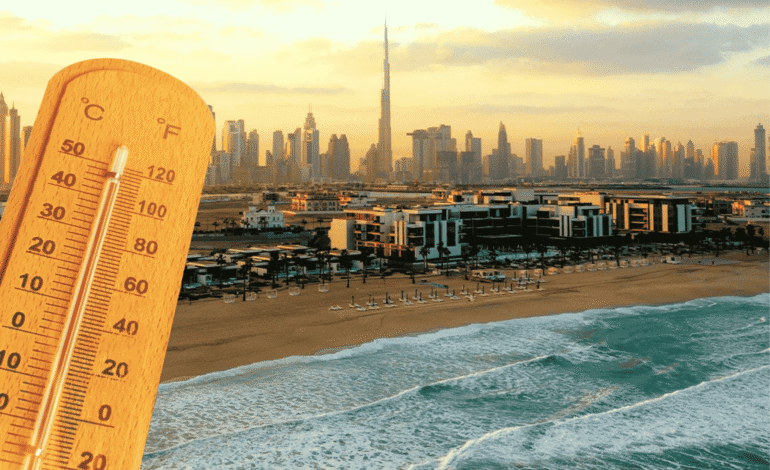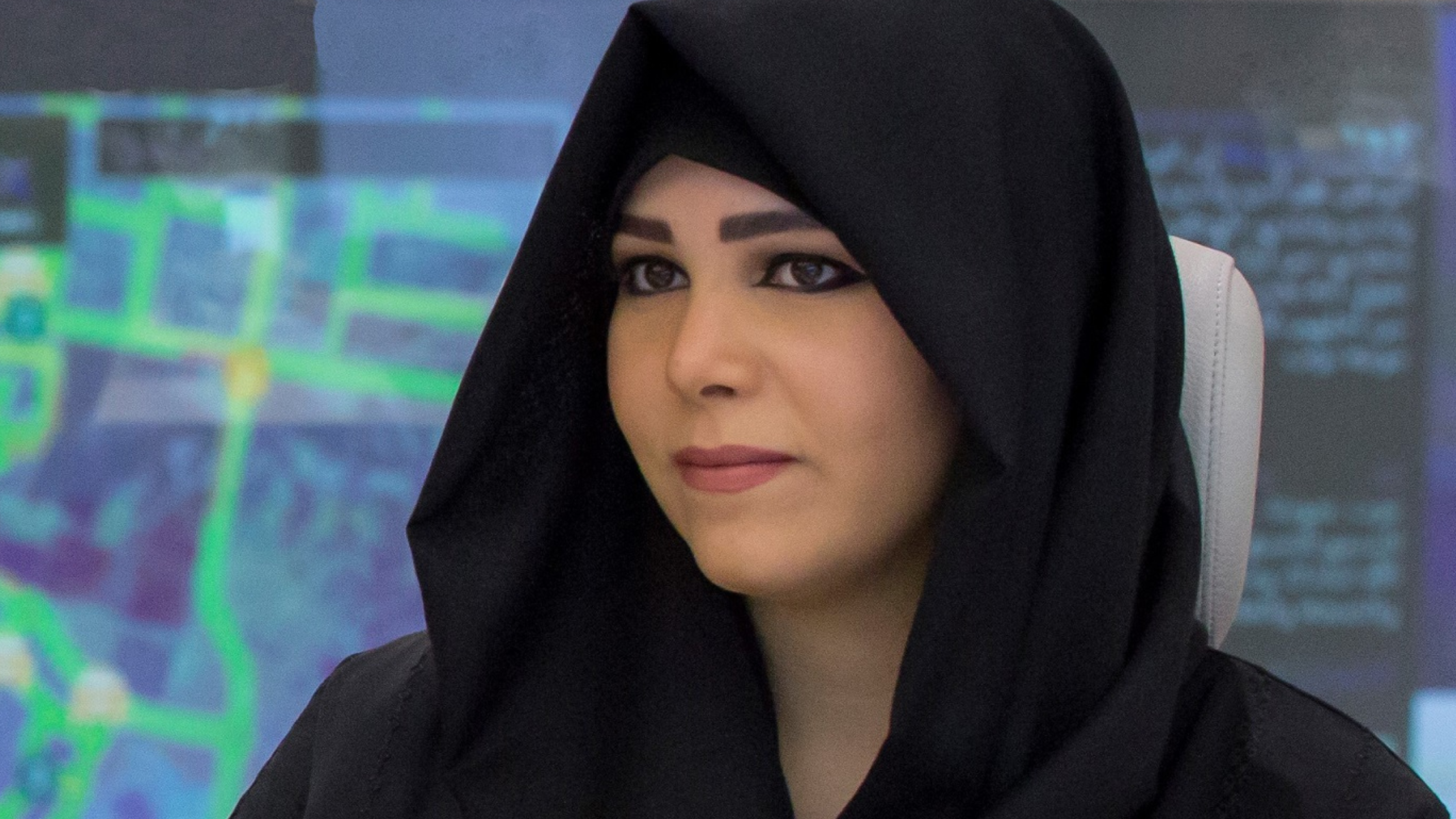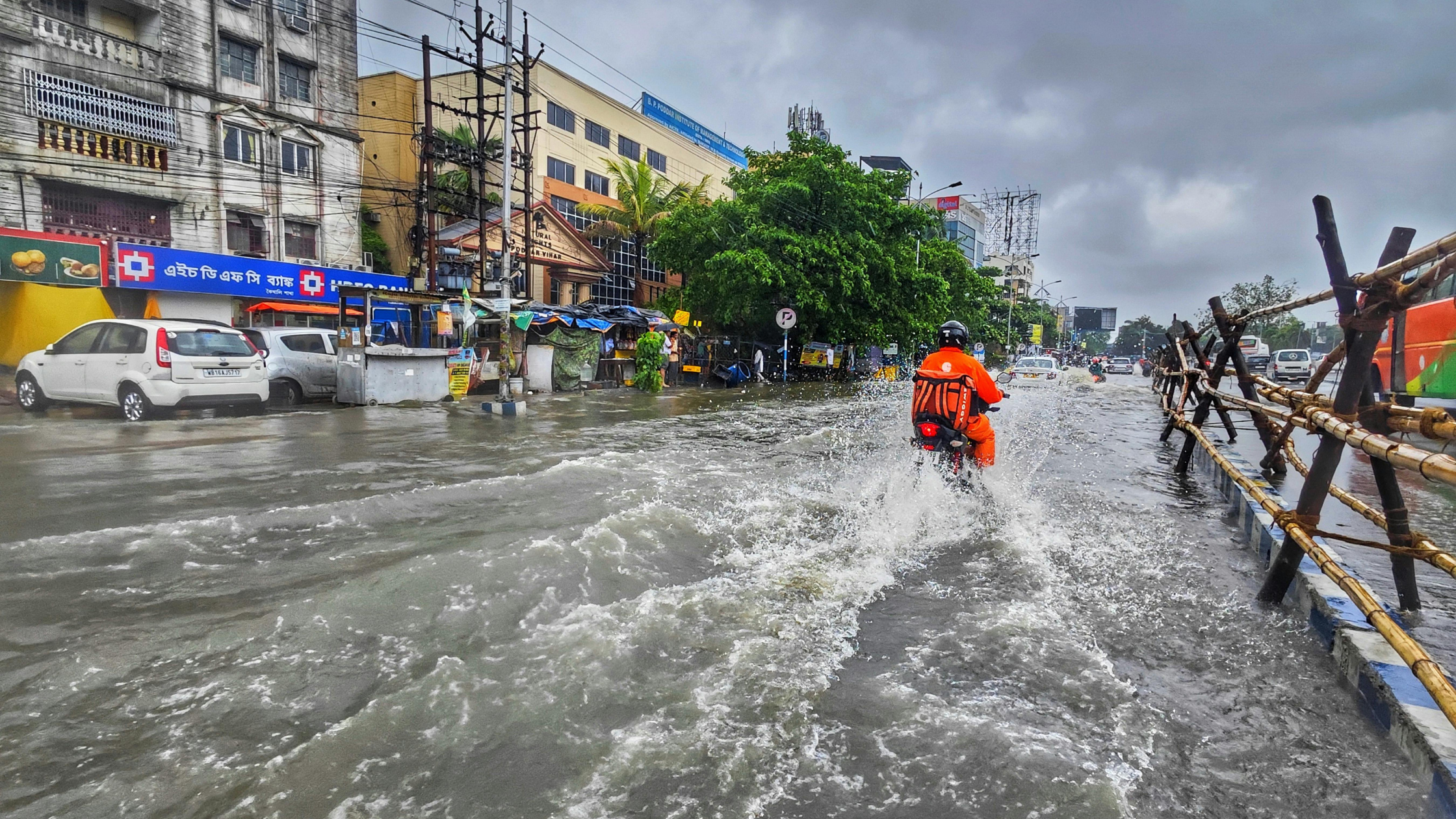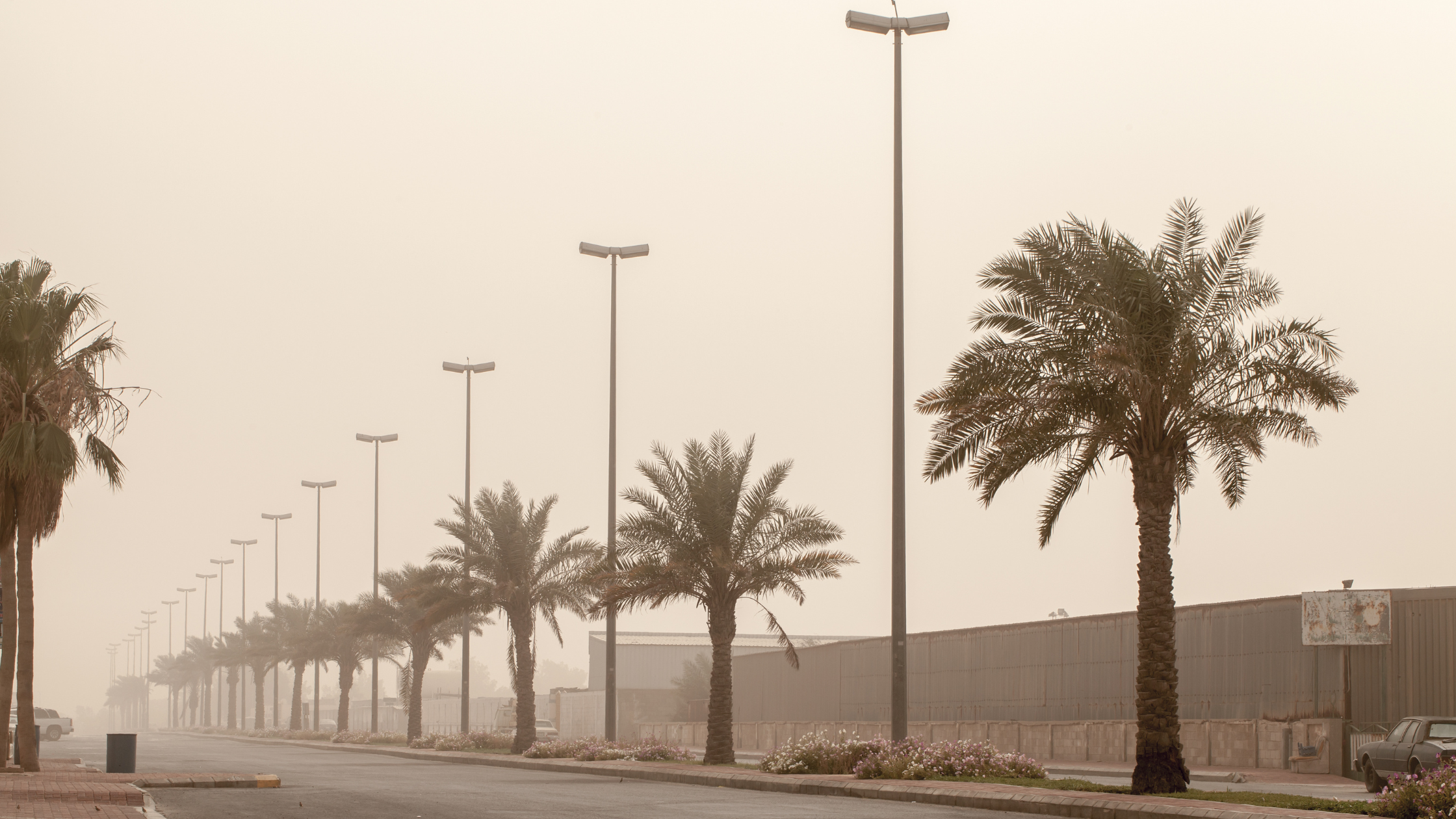UAE Weather in June: What to Expect

Understanding the UAE’s Unique Weather in June
June in the United Arab Emirates (UAE) signals the transition into summer, a season marked by rising temperatures and longer daylight hours. According to the National Centre of Meteorology (NCM), the last third of June experiences the longest day of the year, leading to an increase in temperatures across most parts of the country by approximately 2 to 3 degrees Celsius. This period marks the official start of summer in the UAE, a season characterized by intense heat and specific atmospheric changes that influence the local climate.
The climate dynamics in June are influenced by various meteorological phenomena, including the diminishing effects of the Siberian high-pressure system and the increasing impact of thermal lows. Additionally, the Indian seasonal low expands its reach from the east, affecting weather patterns across the region. These complex interactions result in specific temperature ranges, humidity levels, wind speeds, and occasional rainfall that are unique to the month of June.
The Longest Day of the Year and Its Climatic Impact
One of the defining characteristics of June in the UAE is the occurrence of the longest day of the year during the last third of the month. This astronomical event results in extended hours of daylight, providing more solar radiation to the Earth’s surface. The increased exposure to sunlight naturally elevates temperatures, causing an approximate rise of 2 to 3 degrees Celsius in most areas.
This increase in temperature not only affects daily comfort levels but also has implications for energy consumption, water usage, and public health. Residents and businesses alike must adapt to the prolonged heat by adjusting activities and implementing measures to mitigate heat-related risks. The extended daylight hours also influence the timing of daily routines, with many preferring early morning or late evening for outdoor activities to avoid peak heat periods.
Meteorological Influences: Siberian High-Pressure and Thermal Lows
During June, the meteorological landscape in the UAE undergoes significant changes. The Siberian high-pressure system, which typically exerts influence during cooler months, begins to weaken. This reduction allows thermal lows—areas of relatively low atmospheric pressure caused by intense surface heating—to gain prominence over the region.
Thermal lows contribute to the development of hot air masses and can enhance local wind patterns. Their presence is critical in shaping the temperature profiles experienced throughout the UAE in June. Simultaneously, the Indian seasonal low-pressure system expands its influence from the east, further modifying weather patterns by facilitating the movement of warm and moist air over the country.
These atmospheric conditions collectively establish the typical hot and dry weather associated with early summer in the UAE, punctuated occasionally by cloud development and localized rainfall.
Cloud Formations and Rainfall Possibilities
While June is predominantly a hot and dry month, the NCM notes the occasional appearance of cloud formations in certain areas of the UAE. Particularly in the afternoon, cumulus clouds may develop over the eastern mountain ranges. These clouds result from the rising warm air encountering cooler air at higher elevations, leading to condensation and cloud formation.
On some occasions, these cumulus clouds can mature enough to produce rainfall. Although such precipitation events are relatively rare in June, they contribute to the local hydrological cycle and provide temporary relief from the intense summer heat. The presence of these clouds and the potential for rain are closely monitored by meteorologists to provide timely forecasts and warnings to the public.
Temperature Ranges: A Detailed Overview
June’s temperature patterns in the UAE exhibit considerable variation between average, maximum, and minimum values. The NCM reports that the average temperature during this month ranges between 33.0°C and 35.7°C. Meanwhile, average maximum temperatures fluctuate between 39.8°C and 42.7°C, signaling intense daytime heat.
Conversely, average minimum temperatures during the nights are comparatively cooler, ranging from 26.8°C to 29.4°C. This diurnal variation provides some respite after the scorching daytime temperatures, though nights remain warm by most standards.
Historical records highlight extreme temperature variations in June. The highest maximum temperature recorded in the country was an astonishing 52°C at Al-Yasyat in 2010. In contrast, the lowest minimum temperature for June was 14.1°C, registered in Raknah in Al Ain in 2004. These records underscore the diverse climatic extremes the UAE can experience even within a single month.
Wind Speeds and Humidity Levels
Wind behavior and humidity are crucial factors that influence how temperature is perceived and experienced. During June, the average wind speed across the UAE is about 13 km/h. Winds of this velocity can provide some relief by promoting air circulation, yet they can also carry dust and sand, affecting air quality in certain areas.
The highest wind speed ever recorded during June was 125.2 km/h, measured at Jabal Mabrah in 2010. Such extreme wind events are rare but can cause significant impacts on infrastructure and daily activities.
Regarding humidity, June experiences a slight decrease in moisture content compared to May. The average relative humidity during this month is approximately 43%. The maximum relative humidity can range between 62% and 87%, while minimum values vary from 14% to 27%. This reduction in humidity, especially in the second half of June, leads to fewer occurrences of fog and light fog, which were more common during the cooler months.
Fog and Rainfall Statistics in June
The year 2021 stands out in the UAE’s meteorological history for June, as it recorded the highest frequency of fog, with 12 days of fog and six days of light fog. While fog is generally uncommon during the hot summer months, such anomalies demonstrate the variability and complexity of the UAE’s climate.
Rainfall in June is typically minimal but noteworthy when it occurs. The highest recorded rainfall for the month was 44.0 mm, measured in Watiyid in 2007. Rain events of this magnitude are rare and usually associated with localized thunderstorms or cloud formations over mountainous areas.
These weather events, though infrequent, play a vital role in replenishing soil moisture and supporting the limited vegetation adapted to the arid environment of the UAE.
Implications for Residents and Visitors
Understanding the weather patterns in June is essential for residents, visitors, and businesses in the UAE. The extended daylight hours and rising temperatures necessitate careful planning to ensure comfort and safety.
Hydration, sun protection, and avoiding prolonged exposure to the midday sun become priorities. Outdoor activities are best scheduled during the cooler parts of the day. Additionally, awareness of occasional cloud cover and potential rainfall can aid in planning outdoor events and travel.
For businesses, especially those in sectors such as construction, transportation, and tourism, adapting operations to June’s climatic conditions is crucial for efficiency and safety.
Climate Trends and Future Outlook
The climatic characteristics observed in June are part of larger seasonal and regional trends influenced by global climate systems. The interplay between high-pressure systems, thermal lows, and seasonal lows is subject to ongoing changes, potentially affected by global warming and environmental shifts.
Monitoring these trends enables the NCM and other authorities to refine weather forecasts and develop strategies for mitigating heat-related challenges. Public awareness campaigns and infrastructure planning increasingly take June’s weather patterns into account to enhance resilience.








2 Comments
[…] The United Arab Emirates (UAE) is once again experiencing a wave of thick fog, causing visibility concerns across key areas in Abu Dhabi and the Al Dhafra region. This morning, the National Center of Meteorology (NCM) raised red and yellow fog alerts over strategic locations, including Madinat Zayed and Bada Dafas, as fog-related disruptions pose potential risks to both residents and motorists. […]
[…] heat dominates daily life.From June to early August, most parts of the UAE experience temperatures well above 40 °C. In interior areas like Sweihan, readings above 50 °C […]
Comments are closed.